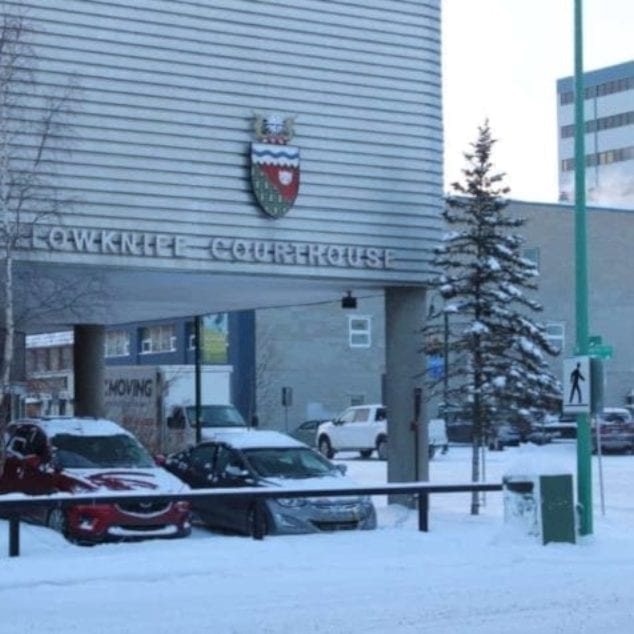Two men charged with the same drug related offences met different fates Friday.
One walked away free — the other was convicted of planning to sell nearly 300 grams of cocaine.
Liban Mohamood Mohammed, 28, was found guilty of possessing cocaine for the purpose of trafficking and possessing property — cash — obtained by crime.
Justice Shannon Smallwood acquitted co-accused Gary James Gattie, 52, of the same charges.
A Yellowknife RCMP drug trafficking investigation led to the arrests of both men in September 2017. Mounties began surveilling Gattie’s 52 Street apartment in August of the same year. Both Mohammed and Gattie were seen coming and going from the downtown apartment building.
Police executed a search warrant on Sept. 8, 2017, using a battering ram to break down the apartment room door. Mohammed, the sole occupant at the time, was inside — along with large amounts of cocaine and cash. Inside one of two safes found behind a locked upstairs bedroom door, kicked in by a Mountie, police found 293 grams of cocaine and $52,325 in cash. The seized drugs were estimated to be worth $46,000 on the street.
Gattie was later arrested at a downtown restaurant.
Mohammed, of Edmonton, was on parole at the time of his arrest. He had been ordered to remain in Alberta before coming to Yellowknife.
Digital scales and ziplock bags were also seized at the apartment.
The pair took the case to trial in June, pleading not guilty to the charges.
The crux of the case hinged on two central questions: who had access to the locked bedroom where a heap of cash and cocaine was found, and who knew about what was inside the locked safe?
For someone to be convicted of possessing illicit drugs, a judge must be satisfied the accused had knowledge and some measure of control over the substance.
Prosecutors argued Mohammed came to the capital to sell cocaine, and that Gattie, well aware of his intentions, knew his apartment was being used to stash drugs.
Smallwood said it was “likely” Gattie was involved, but ruled there wasn’t enough evidence to tie him to the locked bedroom where the cocaine and cash was found. Gattie was not in possession of a key to the locked room when arrested, and his passport was located in the downstairs bedroom, noted Smallwood, weakening his connection to the upstairs bedroom.
Bank slips play big role in conviction
The same wasn’t said for Mohammed. Smallwood said evidence linked him to the locked room.
Two bank receipts played a big role in his conviction.
One bank slip, found in his pocket on arrest, showed Mohammed deposited $1,600 to another account days before the police raid. Another, located in the locked upstairs bedroom, displayed an additional deposit of $2,000. The receiving account was linked to a woman, determined to be Mohammed’s spouse, whose name appeared in texts extracted from his phone, seized by police. Drawing from a “logical inference,” Smallwood said Mohammed was sending money back to his partner.
The small pieces of paper established Mohammed’s connection to the locked room where the drugs and cash were found, said Smallwood.
Police use phony traffic stop to identify suspects
In the days leading up to the September 2017 raid, RCMP created a roadside ruse in an effort to identify who was staying at Gattie’s apartment, the court heard.
Police set up a phony traffic stop outside the apartment building. They blarred sirens and flashed lights — all with the aim of coaxing their suspects to the apartment window.
An officer testified at trial that Gattie, and another unknown male, peered out the window during the fake traffic stop.
Mohammed’s next court appearance is scheduled for June 8, when a date for sentencing is expected to be set.
